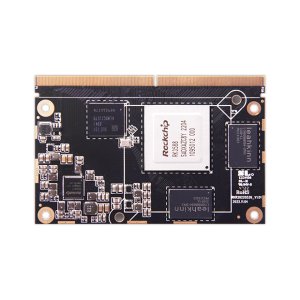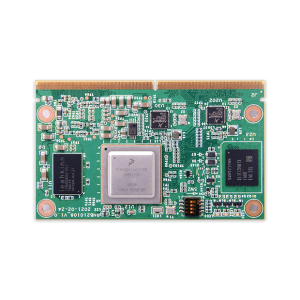How System on Module (SoM) Revolutionizes IoT Development
How System on Module (SoM) Revolutionizes IoT Development
Blog Article
Edge research has appeared as a innovative tendency in the computer industry, enabling faster data control and decreased latency by providing computational power nearer to wherever data is created. A key creativity encouraging that change is the increase of system on module manufacturers which are small, successful, and versatile processing items built to incorporate seamlessly into tailored electronics systems.

The Position of Pc on Modules in Edge Computing
Pc on Modules have become essential in side processing due to their capability to improve hardware design while sustaining robust running capabilities. Based on a recent record by MarketsandMarkets, the global edge processing market is expected to grow from $40.84 billion in 2021 to $132.11 billion by 2026, with COMs enjoying a significant position in that expansion.
These segments are particularly impactful in industries requiring real-time information examination at the edge. For example, the transportation market utilizes COMs in autonomous vehicles for real-time decision-making, while smart cities use them to manage systems like traffic flow and power distribution.
Lightweight and Functional Design
Among the standout features of Pc on Modules is their compact and modular design. This permits designers to include high-performance research energy into edge units without the necessity for extensive electronics redesign. A survey by IoT Analytics discovered that 68% of businesses applying IoT options contemplate modular electronics like COMs vital for rapid arrangement and scalability.
COMs also help personalized designs, creating them suited to a wide selection of programs, from commercial automation to healthcare. Their ability to adapt to unique demands is a driving force behind their use in side computing systems.
Power Effectiveness and Efficiency
Side processing devices usually perform in conditions with confined power resources. COMs handle that challenge by giving enhanced energy effectiveness without compromising on computational strength. A examine by Allied Industry Study outlined that energy-efficient edge computing solutions are expected to rule the market through 2030, placing COMs as a crucial aspect for achieving that goal.
Moreover, with improvements in processors and integrated artwork, COMs today supply the performance needed for AI-driven purposes at the edge. This not just improves real-time features but in addition decreases dependence on centralized cloud systems.
Why the Potential Goes to COMs
With international information era estimated to reach 175 zettabytes by 2025, edge computing is placed to be more integrated than ever. Pc on Segments offer an flexible, energy-efficient, and scalable option for processing that influx of data. Their relevance across varied areas like healthcare, production, and telecommunications just underscores their crucial position in shaping the ongoing future of edge computing.
COMs are no further merely a technological tendency; they're the backbone of next-generation edge systems operating innovation and performance throughout the globe. As the need for side processing continues to grow, therefore can the importance and influence of COMs in this rapidly changing landscape. Therefore, it's secure to state that Computer on Segments are here to stay and will carry on shaping the continuing future of side computing.

Conclusion
Edge research is transforming the way we process and employ knowledge, with Pc on Modules at the front with this revolution. Their compact style, usefulness, energy performance, and performance cause them to become a perfect solution for handling real-time data at the edge. As industries significantly count on edge processing for his or her procedures, COMs may enjoy a crucial role in driving creativity and performance in these systems. Report this page